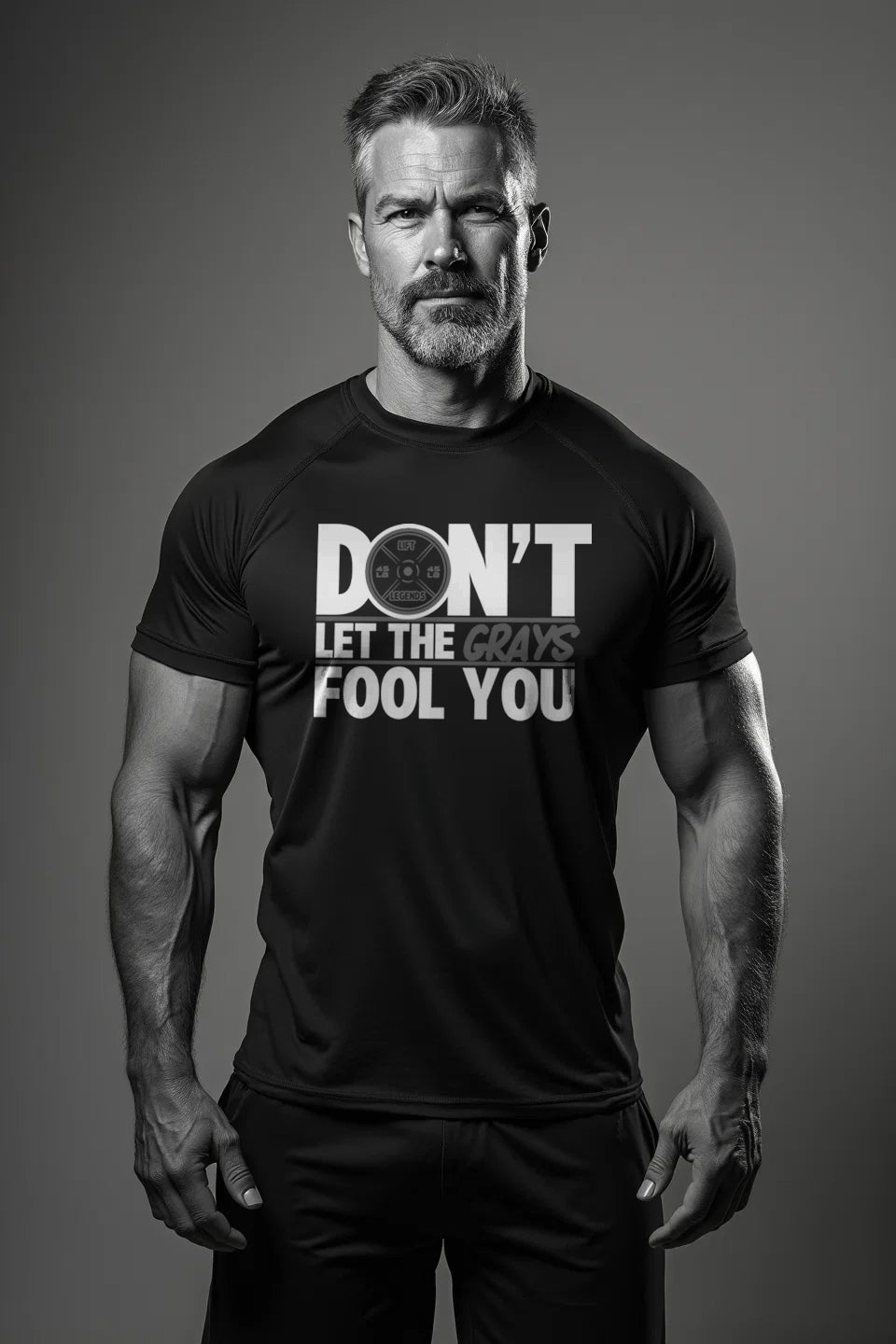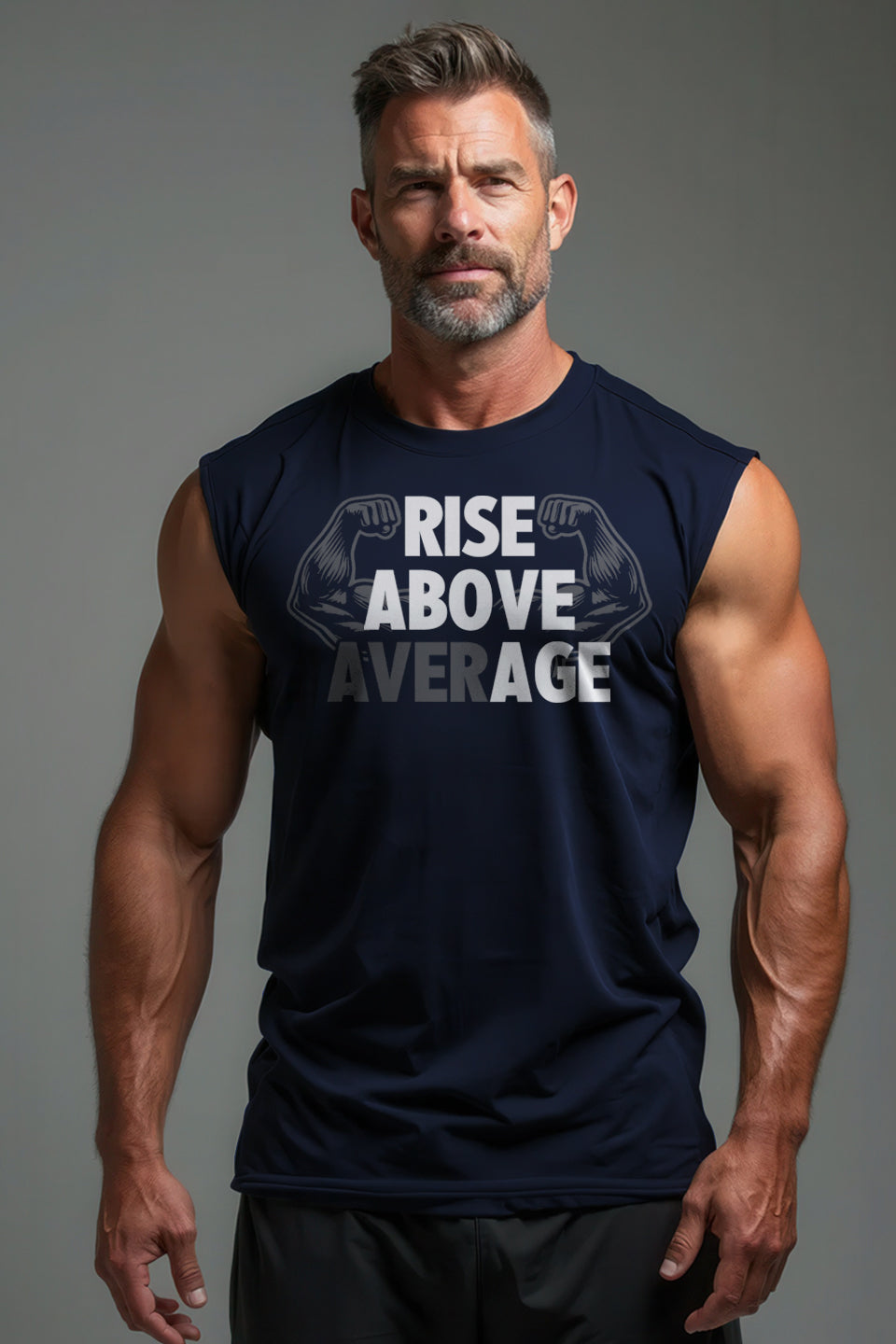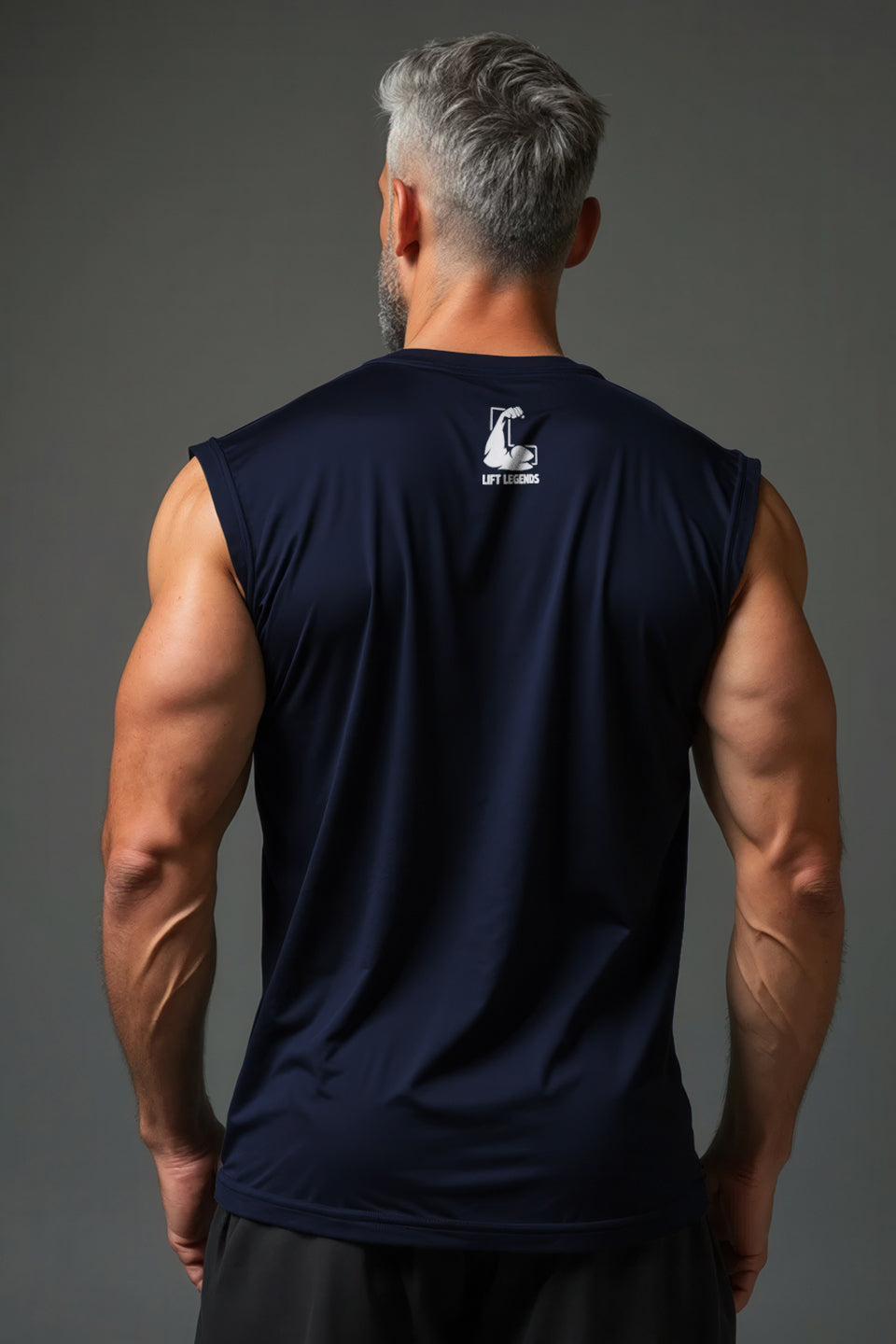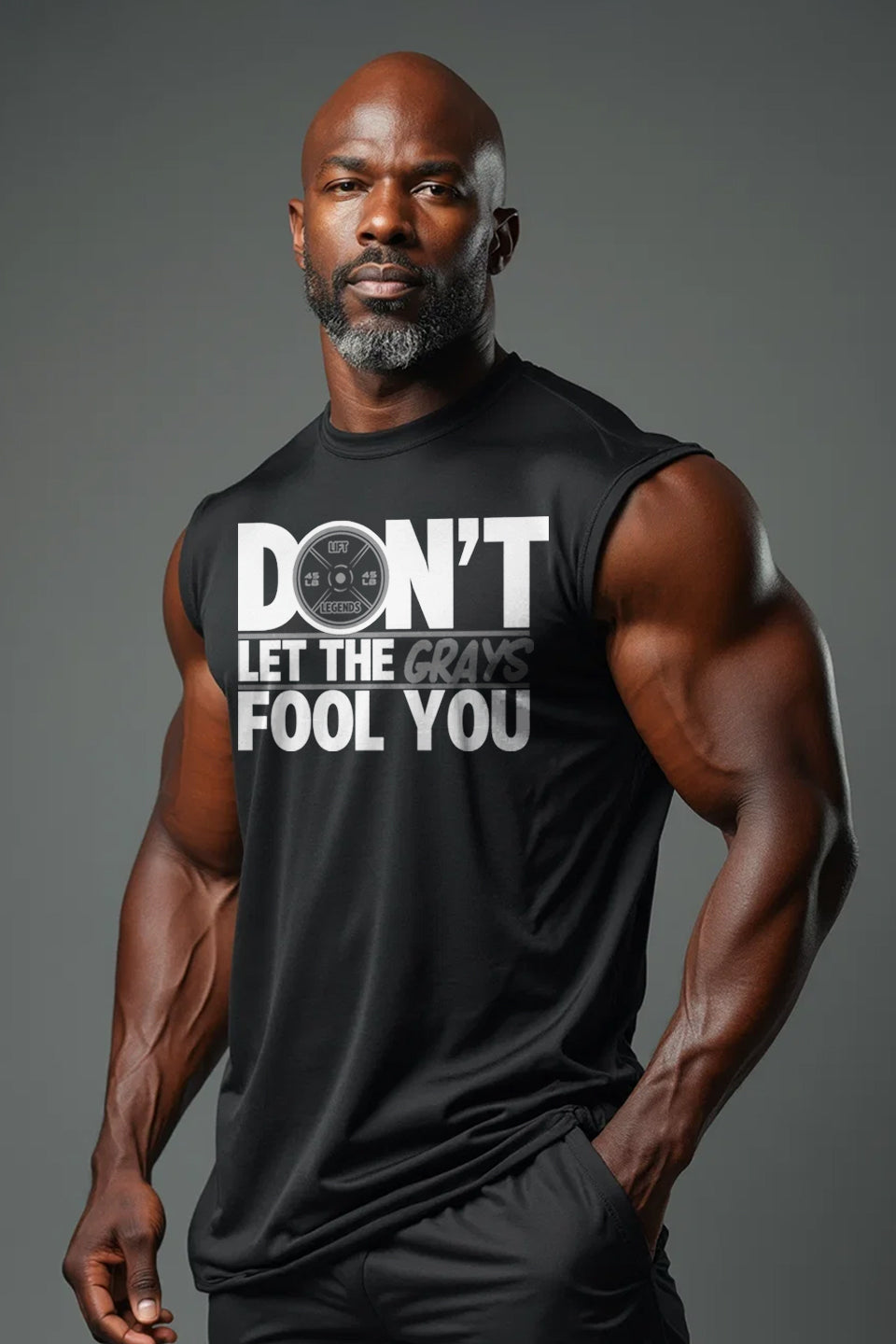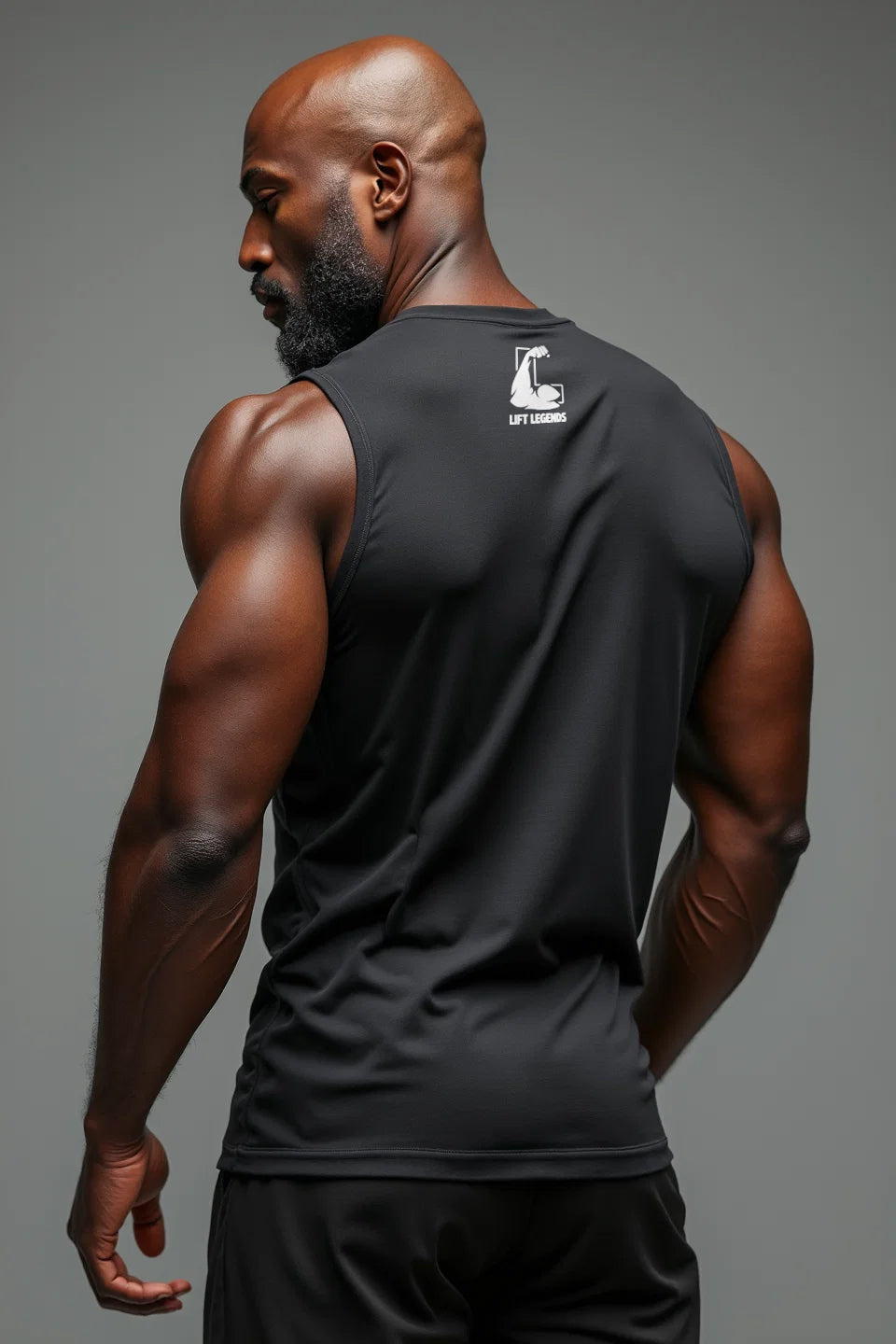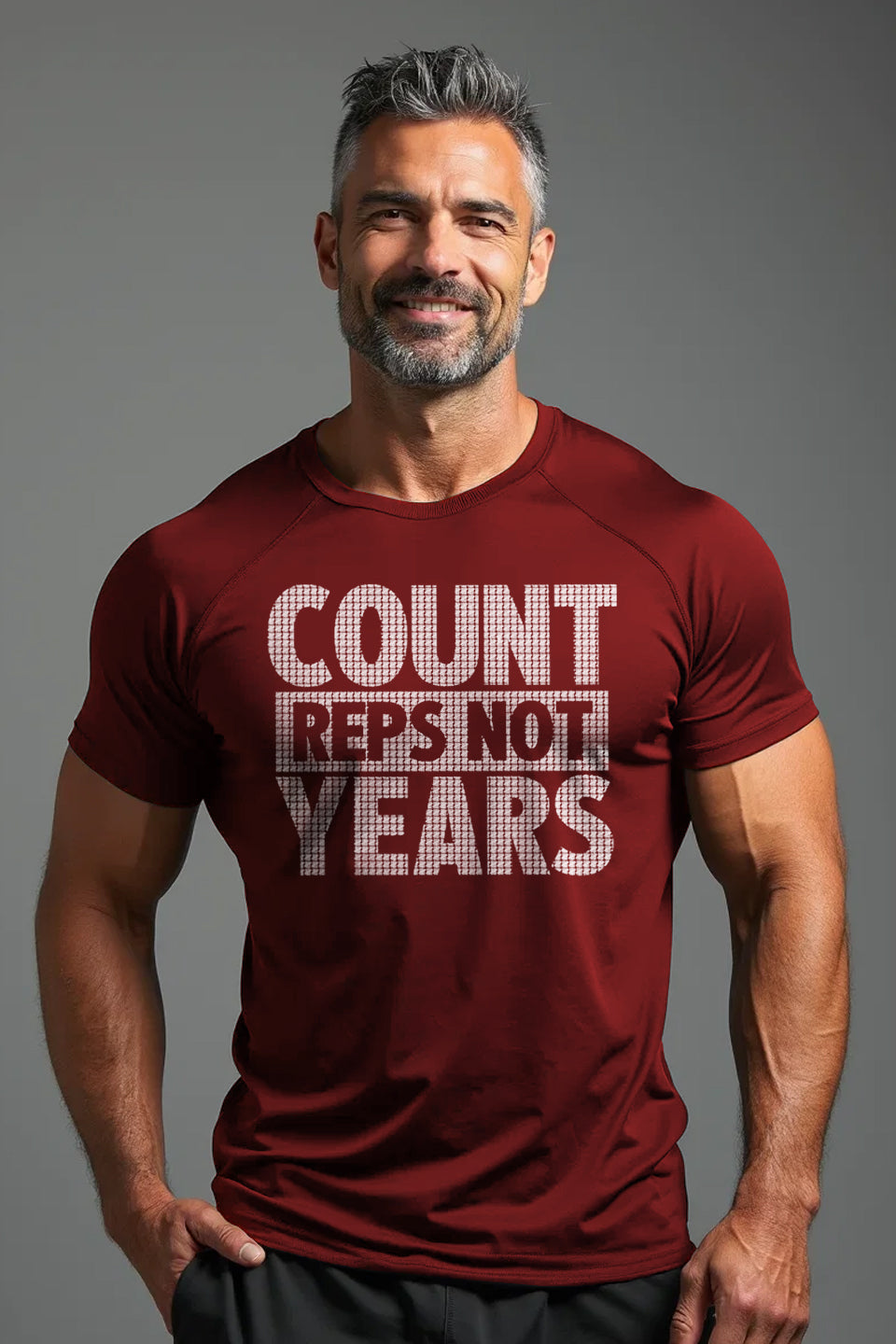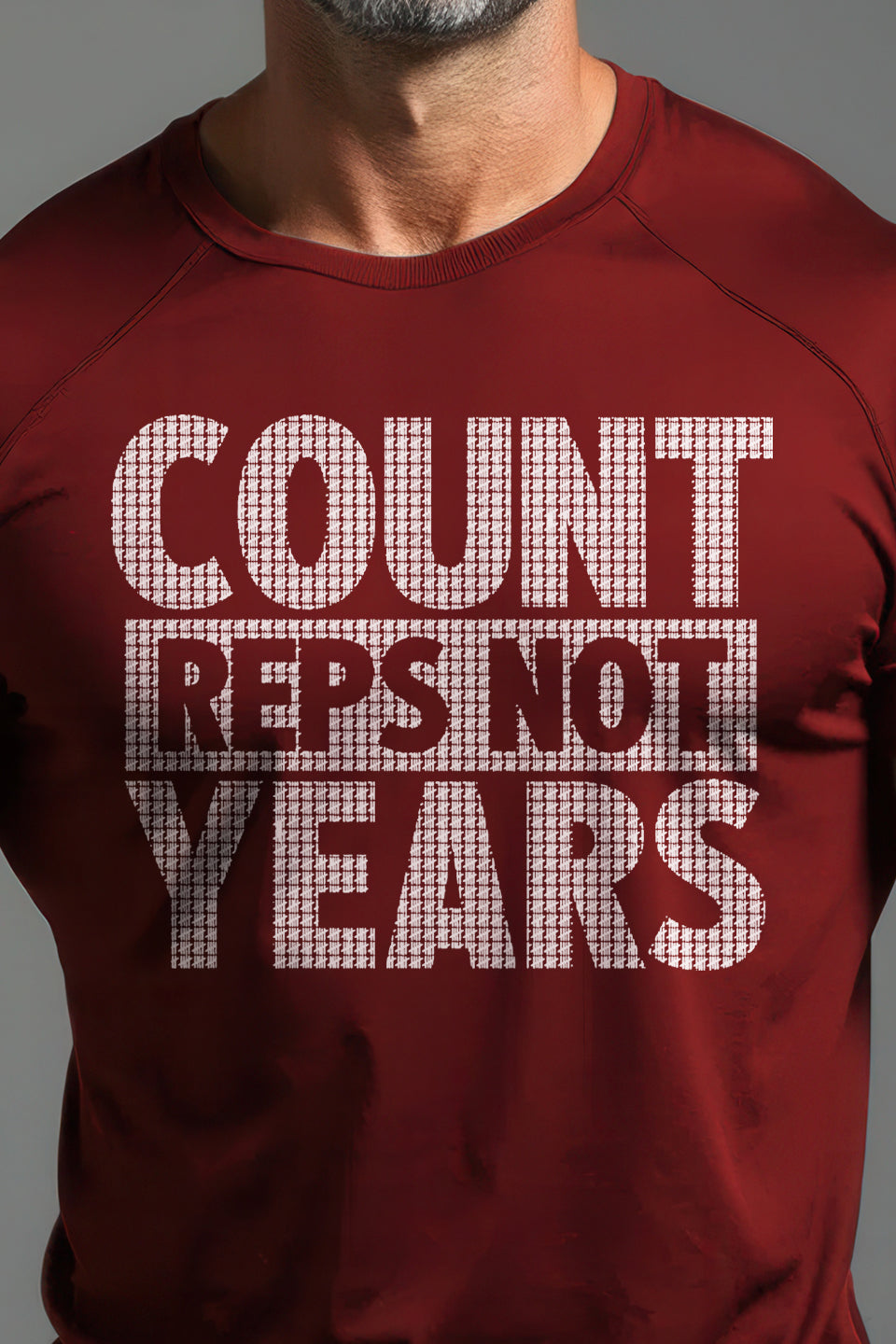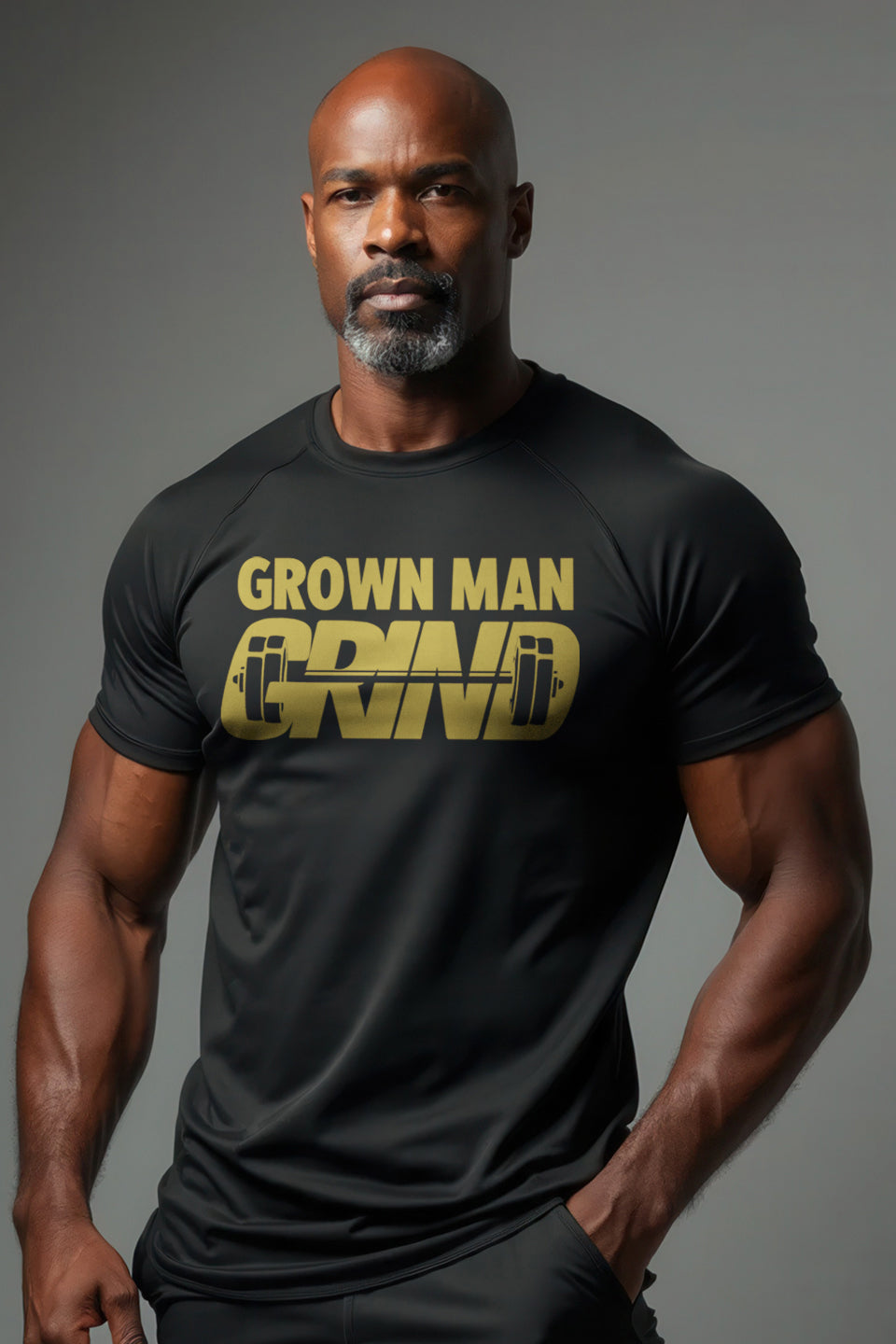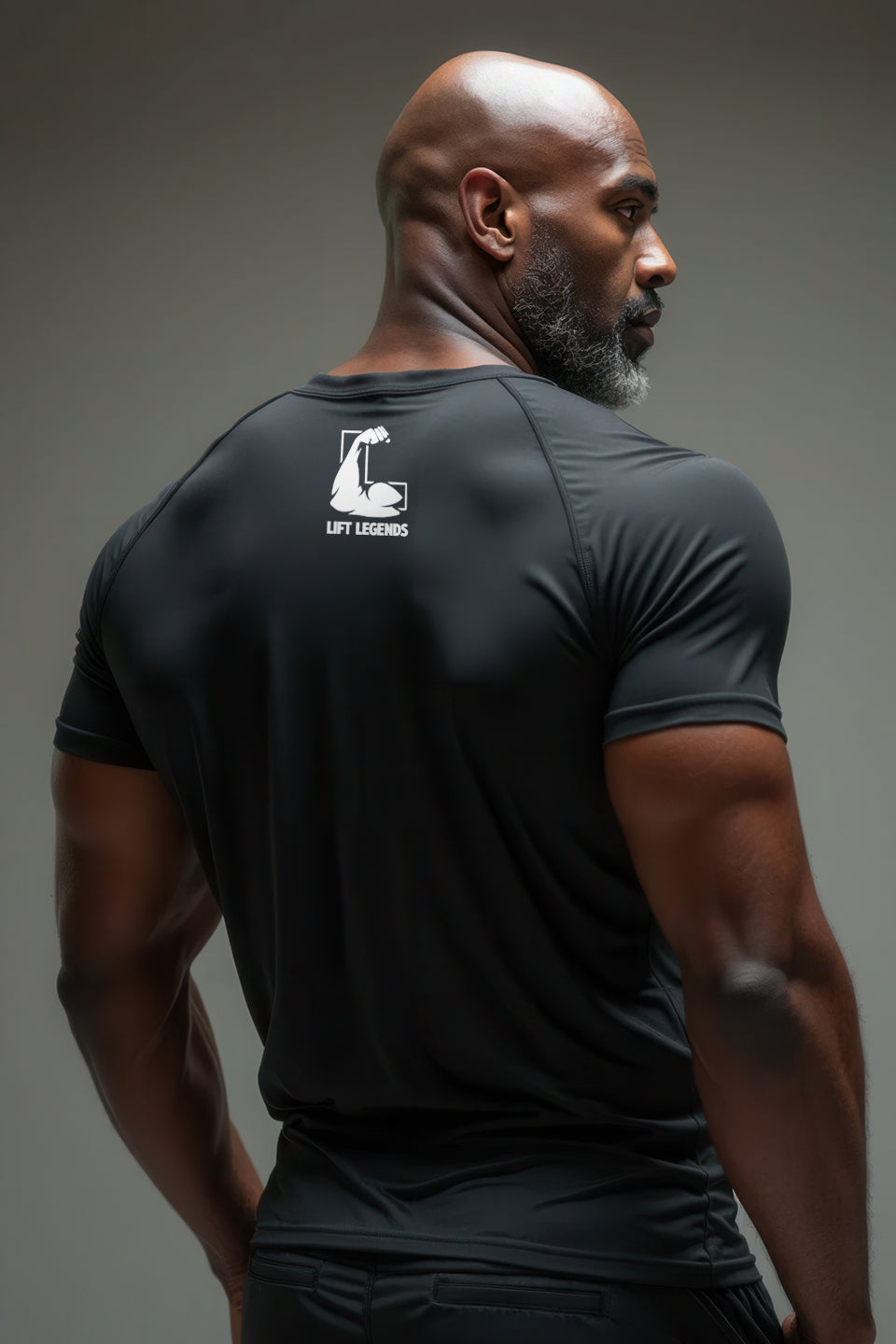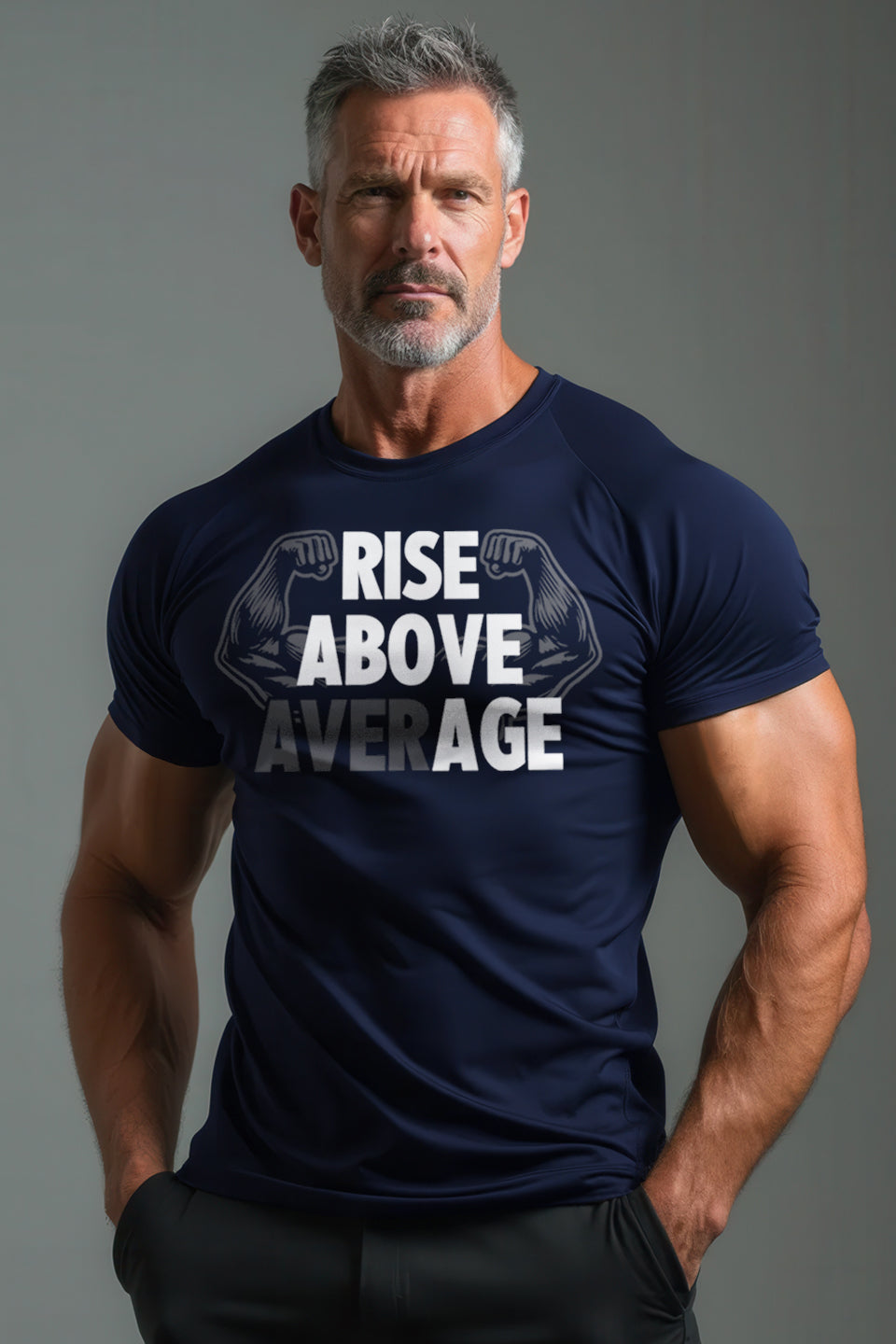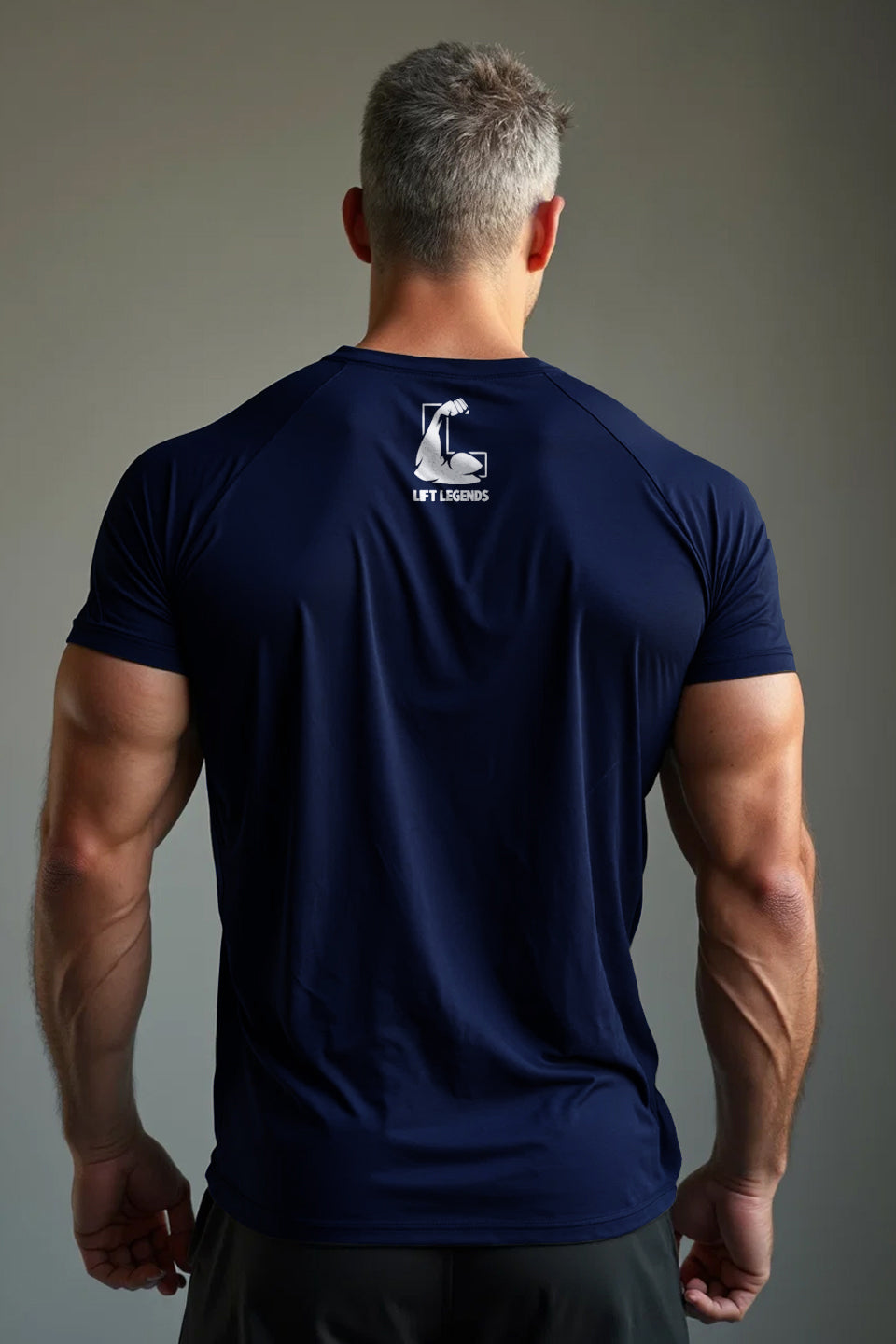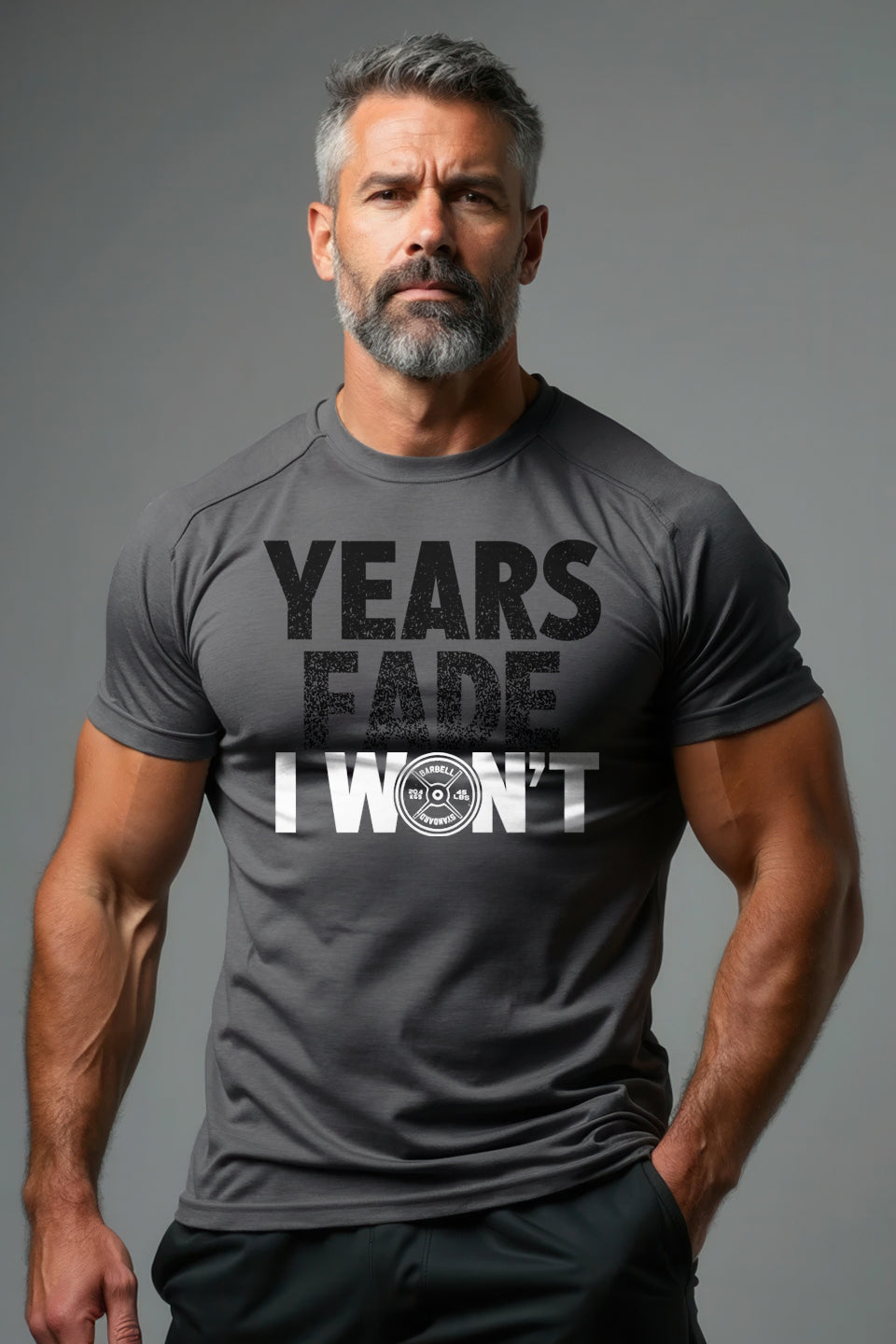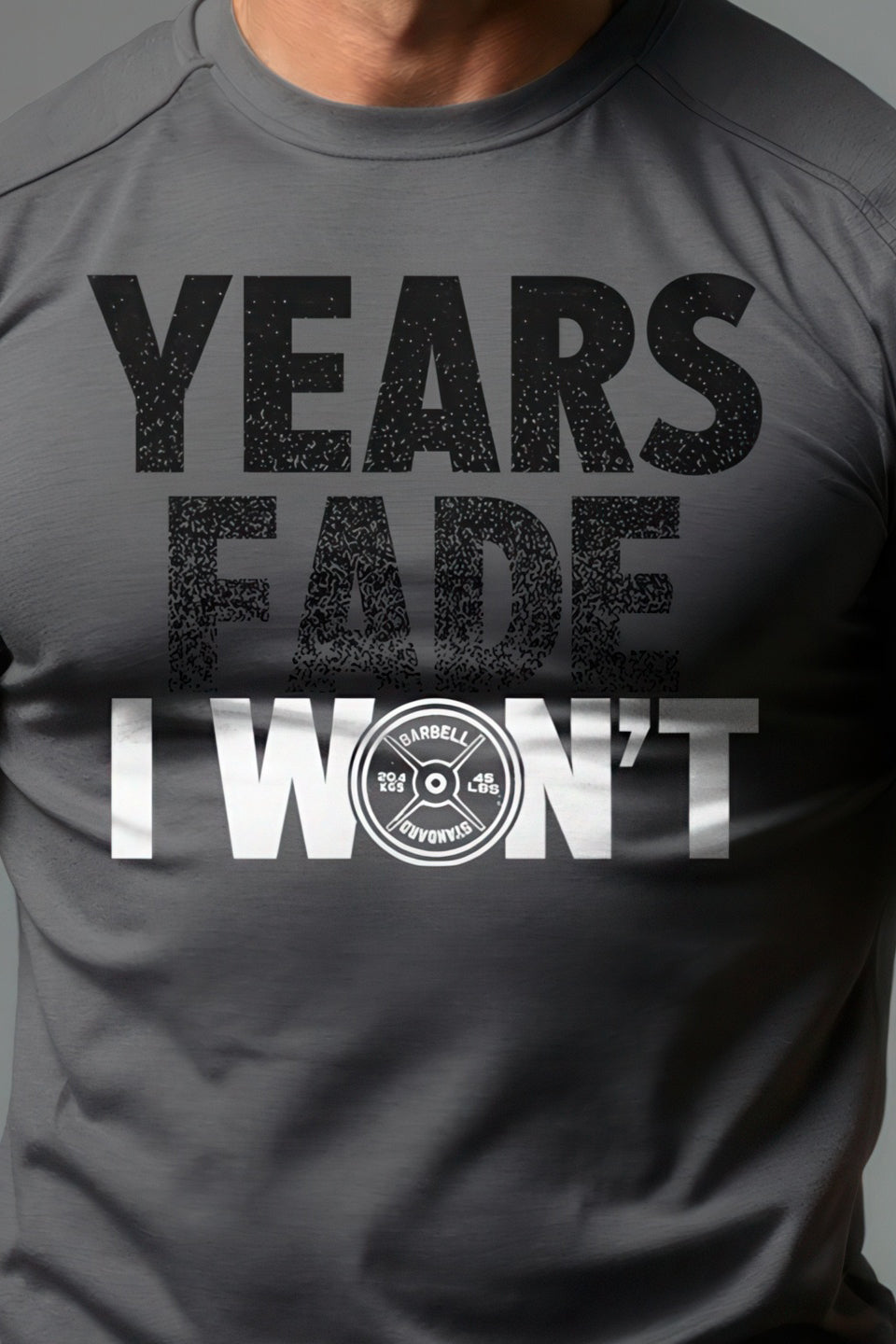Alright, fellas. Let’s talk straight for a second—lifting heavier weights isn’t the magic bullet for getting stronger after 40. Sure, you used to load up the bar and crush it, but now your body’s throwing up red flags. Your joints aren’t the same as they were at 25, and the days of slamming through heavy lifts with reckless abandon are behind you.
But don't stress—strength doesn’t have to come from just adding more weight. In fact, you can get stronger by training smarter. Here’s how you can do that without risking injury or burning out.
1. Focus on Time Under Tension (TUT)
TUT is a fancy term for how long your muscles are under strain during a lift. The longer your muscles are working, the more growth you stimulate—and you don’t need extra weight to do that.
What to do:
-
Slow down your reps. Take 2-3 seconds to lower the weight, and then explode back up.
-
Try 5-second negatives (the lowering phase of a lift). For example, in squats, lower slowly for 5 seconds and explode back up.
With these slower, controlled movements, you’re getting a lot more out of your lifts without needing to throw on more plates. And the key to keeping perfect form during those controlled movements? Comfortable, flexible gear that doesn’t limit your range of motion.
2. Switch Up Your Rep Range
Strength training isn’t just about low reps with heavy weight. Changing up your rep range can do wonders for muscle growth while reducing the risk of injury. So, let’s leave that “go heavy or go home” mentality at the door.
What to do:
-
Try lower reps (3-5) with heavy weight one day, and higher reps (12-15) with moderate weight another day. This variation keeps your muscles engaged in different ways.
-
Add super sets (doing two exercises back-to-back with minimal rest) to increase intensity without adding more weight. For example, do push-ups followed by rows—you’ll work those muscles from all angles.
By mixing up your rep ranges, you’re targeting different muscle fibers for balanced strength gains. And the great thing about this is that it allows you to focus on your technique—so you can dial in your form without having to adjust your shirt every two seconds.
3. Embrace Isometric Holds
I know, I know. You’re probably thinking: “Holding positions? That’s for yoga.” But trust me, isometric holds are incredibly effective for building strength and endurance. When you hold a position, your muscles stay under tension, which builds muscle and boosts strength without extra weight.
What to do:
-
Try a plank for 30-60 seconds—your core will thank you later.
-
Hold the bottom of a push-up for 3-5 seconds. Your chest and arms will be on fire.
-
Squat holds at the bottom position for 15-30 seconds. Seriously, your legs will hate you in the best way.
Isometric holds really test your ability to stay still and maintain control. So, when you’re holding a position like the bottom of a squat or a plank, you don’t want your shirt restricting you. A shirt that lets you move, stretch, and hold with ease is exactly what you need to perform these holds without a hitch.
4. Prioritize Mobility & Recovery (Seriously)
You can lift heavy all day long, but if you’re not focusing on mobility and recovery, you’re setting yourself up for some serious issues. As we age, our bodies don’t recover as quickly, and mobility becomes more important than ever to avoid injuries.
What to do:
-
Dedicate 5-10 minutes before and after your workout to mobility. Focus on hips, shoulders, and hamstrings—key areas that often tighten up as we age.
-
Use foam rolling to release muscle tension, and make sure you’re getting enough sleep—your muscles grow while you rest, not while you lift.
It’s important to keep the body flexible and able to move freely, especially as you grow older. Wearing gear that enhances comfort and movement makes your mobility sessions that much easier. Whether you’re stretching or rolling out tight spots, you need something that doesn’t restrict your range of motion.
5. Don’t Be Afraid of Lighter Weights
I can already hear the grumbling. “Light weights? Really?” But hear me out. You don’t need to go heavier every single session to see results. Control and form are just as important as the weight you’re lifting.
What to do:
-
Use moderate weights for higher reps (12-15) to really fatigue your muscles. The key is muscle engagement.
-
For accessory exercises like bicep curls or lateral raises, try higher reps with a lighter weight to isolate the muscles and create lasting strength.
When you’re focusing on form, your gear needs to keep up with your movements. Having flexible, breathable clothing means your focus stays on the lift, not adjusting your shirt every five seconds. That’s why the LiftFit™ shirt is ideal for these types of workouts. It’s designed for movement, giving you the freedom to perform exercises without distractions.
Final Thoughts:
Lifting smarter doesn’t mean lifting lighter all the time—it’s about focusing on form, recovery, and time under tension. With the right approach, you can get stronger, safer, and more efficiently. No need to chase heavier weights every week—work with your body, not against it.
And when you’re focused on training smarter, your gear should support that. A shirt that moves with you and doesn’t restrict your range of motion is key to performing at your best, whether you’re lifting heavy or focusing on mobility.
So go ahead, embrace the smart approach to strength. With the right mindset—and the right shirt—you’ll be crushing your goals for years to come.
